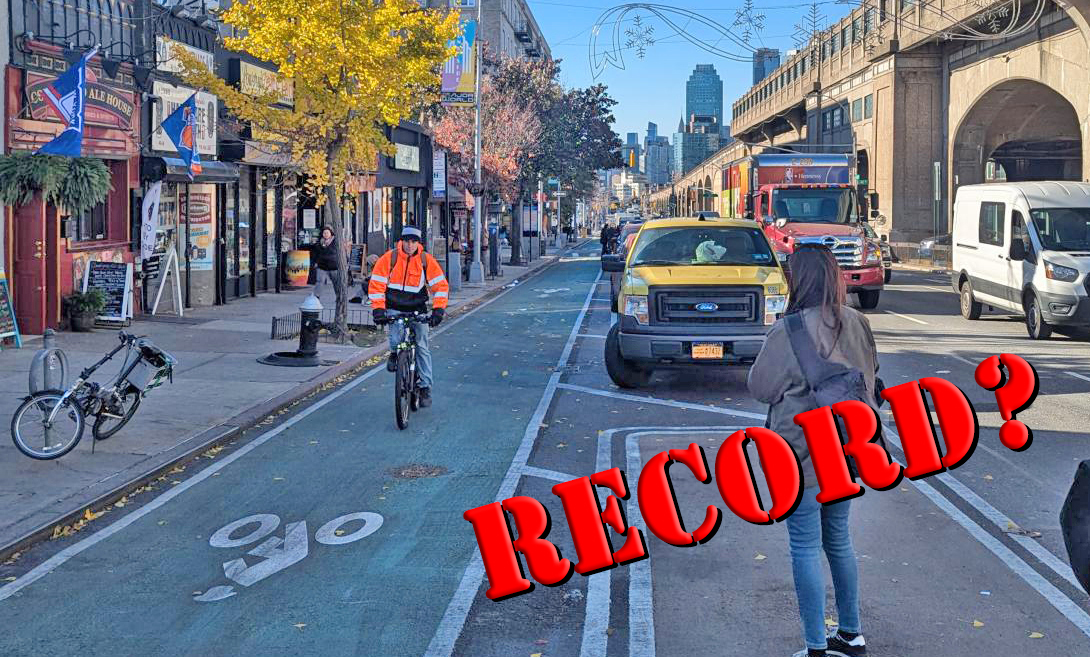As Tax Day prompts a rush of political rallies and media coverage, it's worth looking back at the history of the federal levy that helps pay for transportation projects: the gas tax.
 The late Sen. Jesse Helms (R-NC) in 1982, when he battled his own party's attempts to raise the gas tax. (Photo: TIME)
The late Sen. Jesse Helms (R-NC) in 1982, when he battled his own party's attempts to raise the gas tax. (Photo: TIME)Most Americans who follow infrastructure can cite the year of the last federal gas-tax increase (1993) off the top of their heads, but how did the tax grow to its current, non-inflation-adjusted level of 18.3 cents per gallon? A helpful table from the Tax Foundation tells the story.
The two most recent gas-tax hikes came in 1993 (a 4.3-cent per gallon increase) and 1990 (a nickel per gallon increase). Congress approved both hikes using "reconciliation," the filibuster-proof legislative tactic that became something of a household name this year when Democrats used it to pass their health care bill.
The gas tax was also raised in 1982 by then-President Reagan, a fact cited often by House transportation committee chairman Jim Oberstar (D-MN) and others who seek to puncture the current bipartisan resistance to increasing fuel levies. Reagan had vowed just months before pursuing the tax increase that gasoline fees would not rise "unless there's a palace coup and I'm overtaken or overthrown," but it didn't take long for him to change his mind, as the Tax Analysts newsletter reported:
Despite the absence of a coup, Reagan acknowledged two weeks later that a gas "user fee" was under discussion. And two weeks after that he announced his plan to ask the lame-duckCongress to increase the gas tax and earmark the funds for highways,bridges, and mass transit.
Support in Congress was strong and bipartisan.
When the gas-tax increases passed during the Reagan, Clinton, and first Bush administrations are compared with the current Congress' predicament, two interesting patterns emerge.
The first: All three hikes approved in the past 30 years had to be steered past Senate GOP filibusters or Democratic challenges. In 1993, then-Vice President Al Gore had to cast the deciding Senate vote on raising gas taxes. In 1990, as Tax Analysts notes, Sens. Max Baucus (D-MT) -- now chairman of the influential Finance Committee -- and Kent Conrad (D-ND) both took aim at the proposed tax increase. And in 1982, then-Sen. Jesse Helms (R-NC) led a conservative rebellion against a gas-tax increase backed by Reagan as well as less anti-tax GOP leaders.
The second: All three hikes were approved separately from the six-year federal transportation legislation that sets national policy for roads, bridges, transit, and bike-ped infrastructure. The situation faced by lawmakers this year, in which a gas-tax increase is necessary to generate sufficient financing for a long-term federal bill, is to a certain degree unprecedented.





